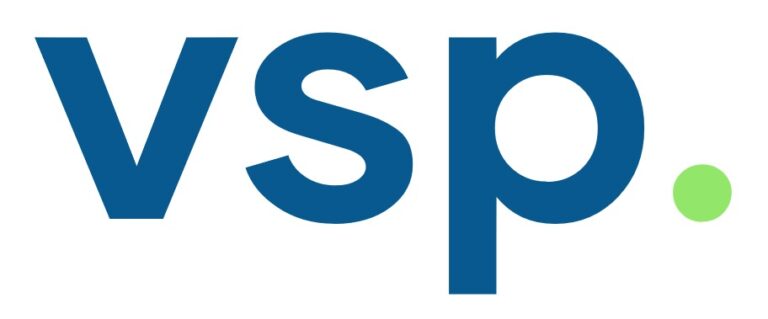9 Ways to Build Cash Flows for Long-Term Business Success

In today’s rapidly changing business environment, managing cash flow is critical for survival and growth. Cash flow represents the heartbeat of any business—allowing companies to pay their bills, invest in new opportunities, and handle financial challenges. Whether you run a startup or a large corporation, optimizing cash flow is essential to maintaining healthy operations and driving long-term success.
Let’s consider a real-world problem: ABC Manufacturing Company has fluctuating revenues and needs funds to expand into new markets. While the company has valuable assets and a strong reputation, it struggles to generate enough cash flow for growth. Optimizing cash flow strategies can be a game-changer.
Here are 9 ways that businesses, like ABC Manufacturing, can build cash flow and ensure financial stability for long-term success.
1. Sell What You Don’t Need
One of the easiest ways to free up capital is by selling underutilized or unused assets. These could include real estate, old machinery, or excess inventory. By selling non-essential items, businesses can instantly generate cash to reinvest into critical areas.
Example: ABC Manufacturing owns an unused piece of land next to its plant. Instead of letting it remain idle, they lease the land to XYZ Manufacturer, a key supplier, generating rental income and reducing transportation costs.
2. Don’t Buy What You Don’t Need
Controlling unnecessary expenses is another way to maintain positive cash flow. Avoid buying equipment or inventory you don’t need immediately. By doing so, businesses prevent tying up capital in non-productive assets.
Example: ABC Manufacturing opts for a smaller, cost-effective machine that meets their current production requirements, instead of a larger one that would be too costly and unnecessary at this stage.
3. Focus on Marketing
Effective marketing is key to driving sales and building brand recognition. By targeting the right audience and understanding market needs, businesses can boost revenue and enhance cash flow.
Example: ABC Manufacturing discovers through research that there is growing demand for eco-friendly packaging. They launch a marketing campaign highlighting this feature, which leads to a significant boost in sales.
4. Form Joint Ventures for Marketing
Joint ventures with other businesses allow you to share costs while expanding your reach. By pooling resources, companies can maximize marketing efforts and enter new markets without the heavy financial burden.
Example: ABC Manufacturing forms a joint venture with a local distributor in a new region. While the distributor covers construction costs for a new facility, ABC supplies the products, allowing both to benefit from the partnership.
5. Target a Lower Break-Even Point
Reducing costs and securing guaranteed sales can help businesses reach their break-even point faster. Achieving profitability sooner allows businesses to reinvest in growth and improve cash flow.
Example: ABC Manufacturing secures a deal with a distributor who agrees to buy enough products to cover their break-even point. This ensures they reach profitability quickly and stabilize cash flow early on.
6. Sell Your Experience
Businesses with extensive industry knowledge can leverage their expertise by offering consulting or advisory services. This can create new revenue streams and improve overall cash flow.
Example: ABC Manufacturing, with its decades of experience in efficient production processes, begins offering consulting services to smaller firms, generating additional income without significant capital investment.
7. Franchise a Scalable Business
Franchising allows businesses to expand without significant capital investment. Franchisees use the brand and business model in exchange for fees and royalties, creating ongoing cash flow.
Example: ABC Manufacturing franchises its successful packaging materials business model to entrepreneurs in other regions. This generates steady royalty income while expanding its market presence.
8. Introduce Complementary Products (Cash Creators)
Introducing complementary products that align with customer needs can boost sales and profitability. This method focuses on expanding offerings that fit the market demand, leading to additional cash flow.
Example: ABC Manufacturing starts offering a toolkit as an add-on to its battery products. By bundling these two complementary items, they increase their overall revenue.
9. Invest in Other Businesses
Strategic investments in other businesses can diversify income streams and provide returns through dividends or capital gains. These investments also reduce risk by spreading financial exposure.
Example: ABC Manufacturing invests in a startup that develops innovative recycling technology. The startup’s success provides ABC with financial returns and valuable tech that improves its own operations.
Advantages of Building Cash Flows
- Improved Liquidity: By optimizing cash flow, businesses ensure they have the necessary funds to meet immediate obligations such as payroll, supplier payments, and other operational expenses.
- Business Growth: Positive cash flow allows businesses to invest in new projects, expand operations, and enter new markets without relying heavily on external financing.
- Increased Financial Stability: Companies with strong cash flow management are better positioned to withstand economic uncertainties and unexpected challenges.
- Reduced Debt Reliance: Effective cash flow strategies, such as selling unused assets or entering joint ventures, minimize the need to take on debt, thereby reducing interest burdens.
- Enhanced Creditworthiness: Consistent cash flow helps businesses maintain a strong financial position, improving their credit rating and making it easier to access loans or attract investors.
- Flexibility in Decision Making: Businesses with strong cash flows have more freedom to make strategic decisions, such as hiring staff, launching new products, or entering new markets.
Conclusion
Cash flow is the cornerstone of financial health and business success. By adopting these 9 strategies—selling unused assets, controlling unnecessary spending, leveraging joint ventures, and investing wisely—businesses can build steady cash flows, reduce risk, and position themselves for long-term growth. Each of these approaches offers unique advantages, and when used together, they provide a powerful toolkit for maintaining financial resilience in an ever-changing market.
